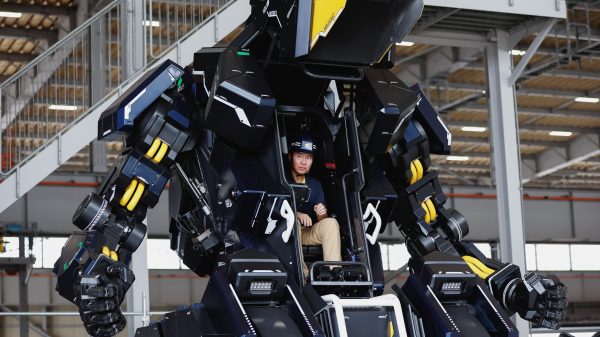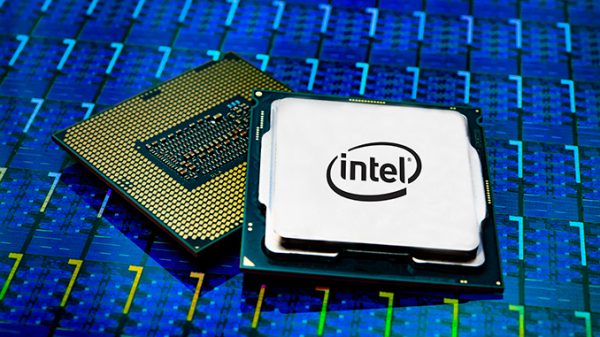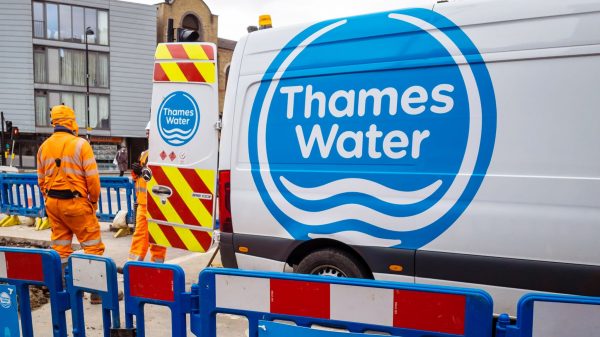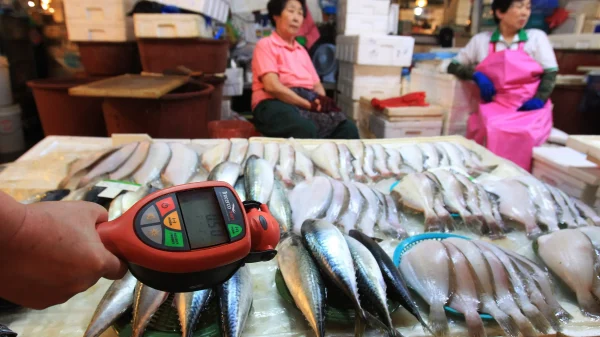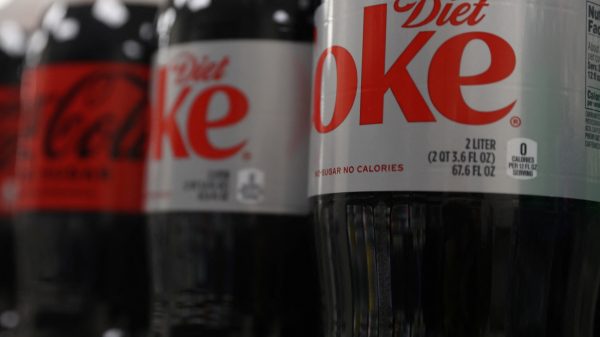Bioengineered blood vessels are one step closer to being available for patients.
In clinical trials, these vessels were installed in the arms of dialysis patients and successfully integrated into their circulatory systems, researchers report online March 27 in Science Translational Medicine. The new blood vessels, which eventually host the patients own cells after implantation, are designed to be safer and more effective than current options. Traditional implants composed of synthetic polymers or donor tissue are liable to trigger inflammation or immune system rejection.
Hundreds of thousands of people in the United States alone require blood vessel implants for dialysis. These bioengineered vessels could help not only those patients, but also people who have lost blood vessels through tumor removal or injury, says Christopher Breuer, director of the Center for Regenerative Medicine at Nationwide Childrens Hospital in Columbus, Ohio, who was not involved in the work.
Heather Prichard, a biomedical engineer at the medical research company Humacyte in Durham, N.C., and colleagues created each blood vessel by seeding a biodegradable polymer tube first with vascular cells from a deceased donor. Inside a bioreactor tank that supplied the vascular cells with nutrients, these cells multiplied and secreted proteins that formed an intercellular network (SN: 2/26/11, p. 11). After eight weeks, the polymer scaffold had broken down, and the researchers stripped the donor cells from the remaining protein tube, leaving no living material behind. The vessel, about 6 millimeters across, was then implanted into the patient, where the patients own cells gradually migrated into the tube.
Growing up[hhmc]
A protein-based blood vessel is completely devoid of cells upon implantation (cross section of the tube stained pink, left) into a patient. After almost four years, a tissue sample (right) shows how cells from the patient have moved into the blood vessel (cell nuclei stained purple) to build up mature blood vessel tissue (pink). (Purple tissue on top is the patient's skin).
“Think of this as an apartment building without any tenants,” says Laura Niklason, a biomedical engineer at Yale University. “Its an empty space for [the patients] cells to come in and occupy” once the protein tube is implanted.
The team tested its vesselsRead More – Source
[contf]
[contfnew]

science news
[contfnewc]
[contfnewc]



























